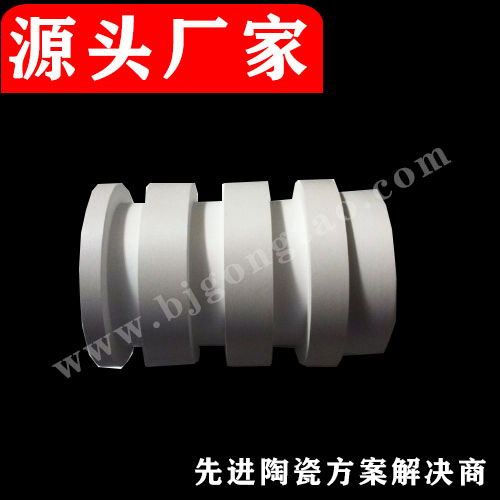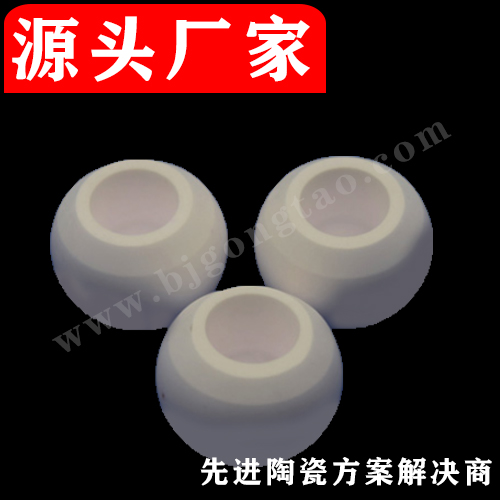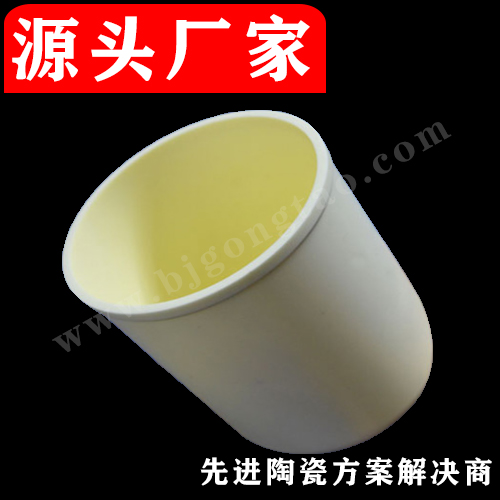
Suzhou Kaifa New Material Technology Co., Ltd.
Email:heqing@szkfxc.com
Email:sales@szbknm.com
Email:bkxc.bonnie@gmail.com
How can I get a qualified fused silica crucible?
Articles such as crucibles have been containers for melting or testing metals since ancient times, and modern times are often used for conducting various chemical experiments and melting and calcining metals and ores. According to different uses, the crucible can be composed of various materials that can melt or change its contents. For example, in the solar industry, the crucible commonly used is mainly composed of fused silica . This fused silica crucible has the advantages of high purity and strong temperature resistance. It is an irreplaceable key consumable part in the process of polycrystalline silicon ingot casting.

Fused silica crucible and its loss during polycrystalline silicon ingot casting
Fused Silica Ceramics Overview
Fused silica ceramics are made of fused silica as the raw material. The fused silica material prepared by the ceramic production process can also be regarded as an "upgraded version" of quartz glass . In addition to retaining many of the excellent properties of quartz glass itself, it also has other excellent properties, as follows:
①The coefficient of thermal expansion is low, which has good volume stability and thermal shock stability. The number of cold and heat exchanges between air and water at 20℃ to 1000℃ can be more than 20 times.
②Good chemical stability, except for hydrofluoric acid and concentrated phosphoric acid above 300℃, almost all acids and metal melts have no effect on it.
③The thermal conductivity is low. With the change of temperature, the thermal conductivity of quartz ceramics is almost unchanged.
④The bending strength increases with the increase of temperature, which is very suitable for use at high temperature.
⑤The quartz ceramic blank shrinks very little when it is dried and fired, which is suitable for manufacturing large products.
⑥ Large resistance and good electrical properties, insulating materials can be applied.

Quartz glass and quartz ceramic physical properties comparison

Because the use environment of the fused silica crucible is quite harsh, it needs to withstand the high temperature of 1550℃ and work continuously for more than 50h at a time . Therefore, the raw material purity and various performance requirements of the quartz crucible are relatively high, and the production is also difficult. How to get a qualified fused silica crucible in the end, there is indeed a lot of knowledge here.
Production of fused silica crucible
It is understood that the production process of quartz ceramics including fused quartz crucibles mainly includes: pulping → forming → green body drying → sintering → processing → finished products . Here I will mainly talk about the first three steps.
In terms of pulping, high-purity quartz raw materials are generally blended into grinding pulp according to a certain proportion of particles. If it is desired to reduce costs, it is also suggested that waste scraps produced by quartz glass factories can be used as raw materials. In addition, because fused silica powder is a liquid-repellent substance, it is not easy to disperse in water. In order to make the powder slurry and have good fluidity, a large amount of water is required, but the preparation of high density and strength green bodies requires slurry The solid phase content must be high, so a suitable dispersant must be selectedto ensure its fluidity.

Fused silica sand
In terms of molding, in the production of quartz ceramics at home and abroad, the grouting molding process is generally used, and there are also centrifugal casting molding, wax casting molding, isostatic pressing molding, ramming molding and other processes. However, the products prepared by the above-mentioned process generally have the disadvantages of uneven microstructure, difficulty in making products with complex shapes, long production cycle, high cost, and low efficiency. At present, the relatively mature molding processes of quartz ceramics are vibration pressure grouting molding process and gel injection molding molding process.
①Vibration pressure grouting molding processThe vibration pressure grouting molding process is improved based on the traditional grouting molding process. Compared with traditional slurry, quartz ceramic slurry has the characteristics of poor fluidity and strong touch deformation. Therefore, bubbles are not easy to be eliminated when forming large and thick products, and it is easy to cause defects in the product; in addition, long-term slurry absorption is also easy to cause particles Segregation causes uneven body density and structure.
The vibration pressure grouting molding process is based on the traditional grouting molding process to introduce a vibrating device to accelerate the elimination of bubbles in the slurry by vibrating the slurry, and at the same time, the vibration of the slurry can also rearrange the quartz ceramic particles. To achieve the effect of close packing, thereby significantly increasing the density of the green body. At present, the vibration pressure grouting molding process is relatively mature. Sinoma High-tech has successfully applied this molding process to the production of large-scale products such as quartz ceramic rollers.
②Gel injection molding processThe idea of the gel injection molding process is to combine the traditional injection molding process with the theory of organic chemistry, by preparing a slurry with low viscosity and high solid phase volume content, and then under the action of an initiator, the slurry in the slurry The polymerization reaction of organic monomers forms a macromolecular network structure, so that the slurry in the mold rapidly solidifies in situ, forming a ceramic body with high mechanical strength.
Compared with the injection molding process, the production cycle of the gel injection molding process is short, the structure and density of the product are uniform, and the strength of the green body is high, so that ceramic parts with complex shapes can be manufactured. Another major advantage of this process is that it requires simple equipment and little investment.
In terms of sintering, the sintering process in ceramic production generally has a great influence on the physical and chemical properties of ceramics. Atmospheric pressure sintering iscommonly used in quartz ceramics, that is, under normal pressure, the quartz ceramic green body diffuses through a medium to form a dense body under the action of high temperature.

Other fused silica ceramic products
However, during the high-temperature sintering process, crystalline β cristobalite crystals will be precipitated in metastable fused silica, and a secondary phase transition from β phase cristobalite to α phase cristobalite will occur during the subsequent cooling process, bringing about 2.8% of the monthly Volume changes. Due to the difference in thermal expansion coefficient between the precipitated cristobalite crystal and amorphous fused silica, and the volume effect caused by the phase change causes certain local stress or even cracks in the quartz material, which ultimately reduces the overall mechanical properties of the quartz ceramic product. It even leads to the occurrence of cracks in the sintering process and the destruction of products. In addition, compared with amorphous fused silica, the thermal and electrical properties of crystalline cristobalite are greatly reduced, which severely limits the high-temperature performance of quartz ceramics.
Therefore, the key to the sintering process of quartz ceramics is to prevent the amorphous state of quartz raw materials from being destroyed . Some studies claim that the smaller the particle size of quartz powder, the easier it is to crystallize ceramics. Therefore, it is important to explore reasonable particle grading conditions and reduce the proportion of small particles while ensuring the density of quartz ceramics. significance.
Source of information: powder circle
This information originates from the Internet for academic exchange only. If infringement please contact us to delete immediately





